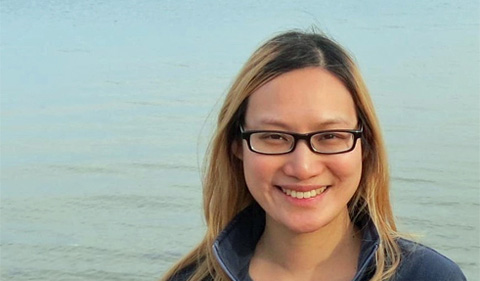Dr. Victoria Lee, Assistant Professor of History, authored an article on “Microbial Transformations: The Japanese Domestication of Penicillin Production, 1946–1951” in the Historical Studies in the Natural Sciences.
Abstract: The domestication of penicillin production in Japan was a priority for the Allied occupation government (1945–1952) immediately after World War II, since manufacturing the drug using raw materials available locally would lower the cost of the occupation. In place of employing the analytical concept of technology transfer, this article explores processes of domestication (kokusanka) using the records of the Japan Penicillin Research Association (Nihon penishirin gakujutsu kyōgikai), an interdisciplinary academic association set up to mediate between government policy and industrial manufacturers, and which directed research in the critical early years of penicillin production. I argue that an examination of the occupation period is especially revealing of the contribution of indigenous knowledge from the World War II and prewar periods to the development of microbiology during Japan’s “economic miracle” (1950s to early 1970s), and I highlight the intellectual dimensions that were specific to Japanese science by comparison with other national cases of penicillin domestication. Beyond the transfer of submerged culture fermentation technology for antibiotic mass production, a distinctive engagement with agricultural chemistry’s longstanding perception of microbes—as alchemists of the environment, with the ability to transform resource scarcity into productive abundance—organized the knowledge by which penicillin scientists made the domestic environment work, and deeply shaped antibiotic research in the subsequent decades in Japan.



















Comments